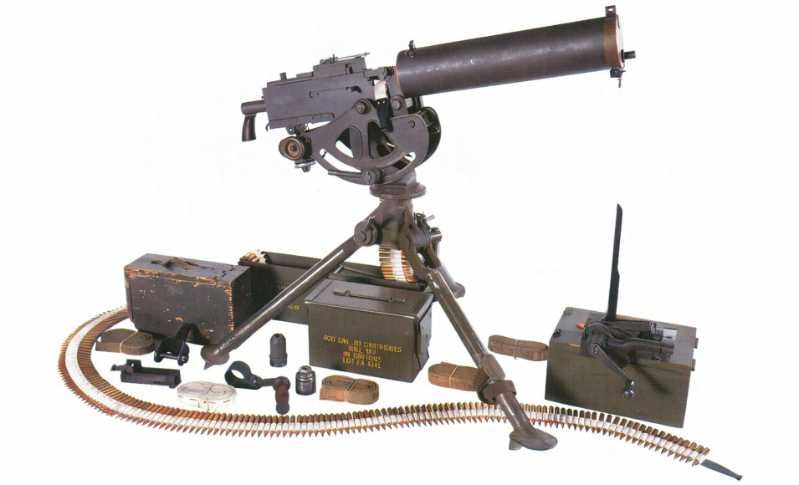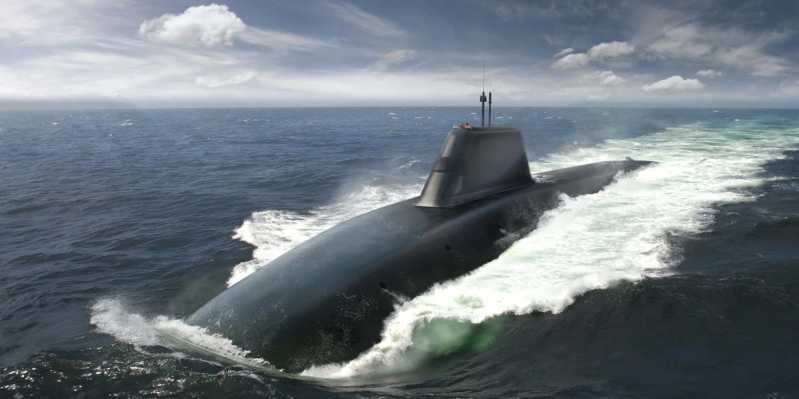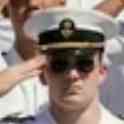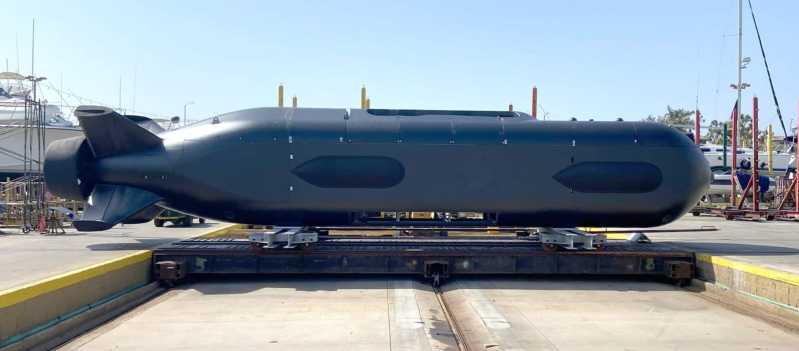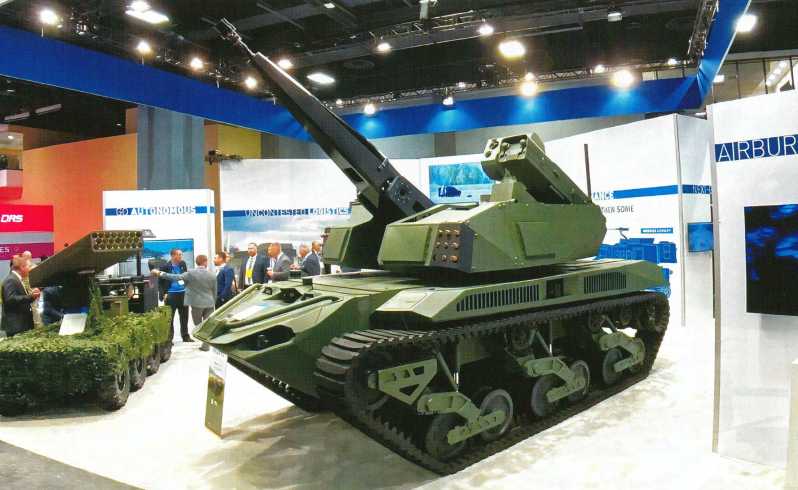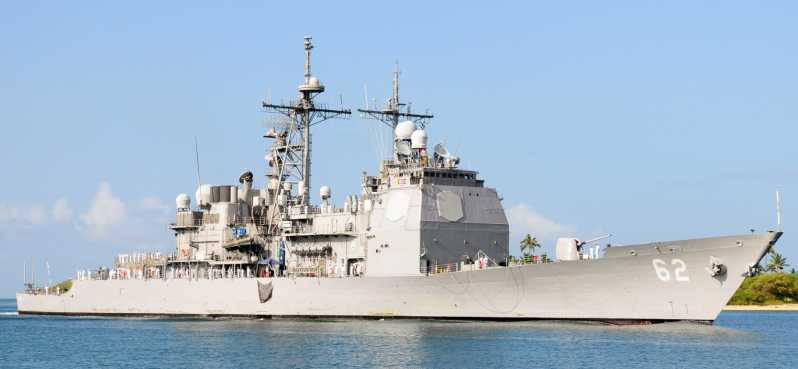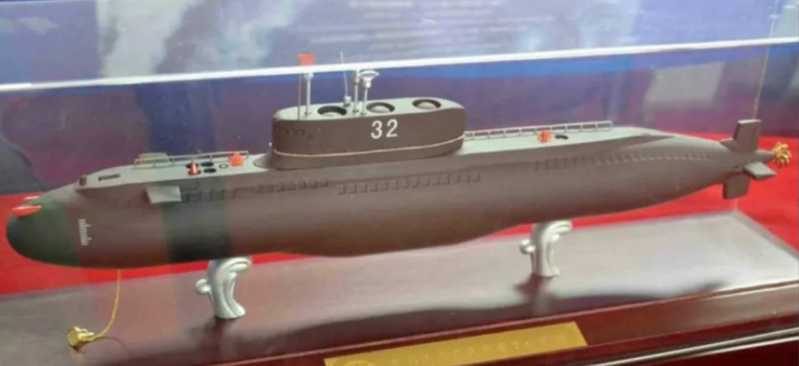Recently, CCTV’s military program "Model of the Times" publicly displayed the battles and life on the Type 055 large destroyer "Nanchang" for the first time, making the Type 055 first ship No. 101 "Nanchang" once again popular on the Internet. The program not only publicized the advanced deeds of the Navy’s "Nanchang" Party Committee to the whole society and awarded them the title of "Model of the Times", but also reported the news that the "Nanchang" ship advanced 100 nautical miles and fought with foreign aircraft carrier formations and even carrier-based aircraft for more than 20 days.
Rigorous and serious, only for combat effectiveness
After the "Nanchang" ship became popular on the Internet, the official account of the People’s Navy also released an article entitled "Questions about the ship’s design when receiving the ship, this veteran is not kidding." The article mentioned that "when the Nanchang ship’s Party Committee just received the ship, the "Nanchang" ship had a more complex power supply system and network system, and the cable layout of various cabins was more complicated. Therefore, the ship’s Party Committee led all officers and soldiers and workers on the ship to carry out an activity to "unblock the tendons and meridians" of the "Nanchang" ship. During the activity, Sergeant Wang Zhongguang discovered a major design flaw in the 055 first ship "Nanchang", which was finally adopted and applied by the ship’s Party Committee.
Wang Zhongguang has served on many types of ships and participated in the Sino-Russian joint exercise, Aden In the video, Wang Zhongguang said:
At that time, the "Nanchang" ship had not yet been launched, and the whole ship was under construction. The crew took turns to supervise the repair and construction and put forward modification suggestions. I noticed that the height of the main cable bracket in a certain engine room was a bit low, which was very inconvenient for personnel to walk, and it would affect the handling of fire and other problems.

But the construction master told me that the drawings were designed like this, and there was absolutely no After returning to the dormitory, I was still thinking about this problem, and reported it to the shipyard through the department again, but the final reply was that the height of the main cable bracket had no significant impact on the overall ship. If it was modified, it might delay the ship’s launch, so it was decided not to make any changes. After further discussion with the ship’s party committee, it was considered that this was a major issue concerning the damage control of the ship, and an urgent matter concerning the vitality of the ship. Vitality is combat effectiveness. This problem must be changed, and it must be changed immediately. Later, the "Nanchang" ship’s party committee invited the shipyard and the military representative office and other parties to study and discuss together, and finally reached a consensus to immediately adjust the height of the main cable bracket in multiple engine rooms. "
This little story reflects the gap in understanding between ship designers and ship users. No matter how advanced a ship is, it ultimately depends on people to use it, and it must be designed with people in mind, especially when it comes to damage control. In the past, our ship designers did not pay much attention to this area, but when visiting foreign warships, you will find that foreign countries attach great importance to damage control. In recent years, my country’s advanced warships have also begun to pay attention to this area, and there have been great improvements.
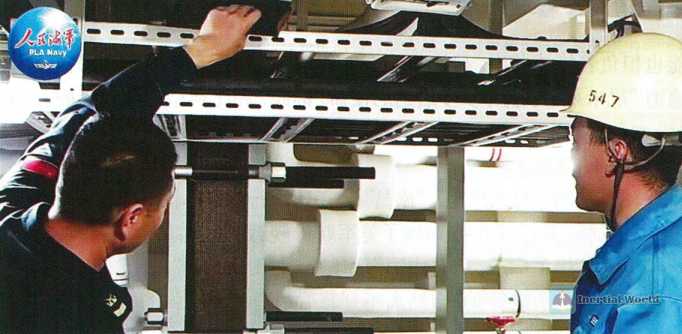
In fact, as early as the development process of my country’s J-10 fighter, it pioneered the participation of users in the design. During the development process, the test pilots intervened in the design in advance, which was more conducive to the optimization of the cockpit layout and easier for pilots to use. When the J-20 was designed later, the aircraft designer directly let the test pilots arrange the various equipment in the cockpit, and they did it as they pleased. Therefore, the design of our country’s ships should also be like this. Don’t wait until the crew finds problems when receiving the ship and then make modifications. At the beginning of the design, the ship receiving personnel should be involved and give suggestions on the layout of various equipment. This will make it easier for the ship’s personnel to use it, and the passages will be more convenient. From the beginning of the design, the layout should be prioritized to avoid problems halfway through, which is not convenient to modify.
In addition, the People’s Navy official microblog also mentioned that when the first 055 ship entered service, there were still problems such as the design and installation of the communication cabinet and the need to adjust the oil pump group of the front power station. It is the radiation of multiple optimization suggestions on the construction of the same type of ship that made the subsequent improved 7 055 ships enter service faster, with better quality and stronger combat effectiveness!
Forge ahead bravely and advance 100 nautical miles
In addition to various activities and details on the ship, domestic military enthusiasts are more concerned about the first exposure of the news that the No. 101 "Nanchang" ship advanced 100 nautical miles and fought with the US aircraft carrier formation for more than 20 days. So what does this "one hundred nautical miles ahead" mean? Does it literally mean that the "Nanchang" ship has reached a position one hundred nautical miles away from the US aircraft carrier?

Actually not, this one hundred nautical miles ahead refers to the deployment of operations in the main direction after discovering the opponent’s task force during a naval battle, changing from a possible dense formation to a sparse formation. There are two tactical intentions for the dense formation to be replaced by a sparse formation: one is to establish air situation awareness in the main threat direction as soon as possible, that is, the so-called radar sentinel ship, so as to expand the depth of the air defense of the aircraft carrier strike group; the second is to approach the aircraft carrier strike group as soon as possible, intending to include the enemy aircraft carrier in the strike range of our warships to launch hypersonic aircraft, thereby forming a deterrent posture against the enemy aircraft carrier.
According to the teaching model of the US Navy’s aircraft carrier strike group’s common dense formation to dispersed formation, the "Burke" class destroyer will generally move forward to the 2 o’clock and 10 o’clock directions of the main threat direction of the aircraft carrier, and the distance of the advance is about 20 nautical miles, thus forming a dense and layered air defense formation. However, in this news, the "Nanchang" ship actually moved forward 100 nautical miles at once, and the formation was dispersed in a larger range. What is the explanation for this?
A domestic expert analyzed two reasons. First, the "Nanchang" ship may intend to "meet" the US Navy’s "Nimitz" aircraft carrier, so it quickly moved forward, therefore, it did not consider the original formation air defense formation; second, in addition to carrying out the formation air defense mission, the "Nanchang" ship may also be responsible for the mission of moving forward quickly and bringing the "Nimitz" into the strike range of our anti-ship missiles as soon as possible, so as to force the "Nimitz" aircraft carrier to retreat step by step. Therefore, compared with typical air defense sentinels, the "Nanchang" ship advanced a very long distance, more than 100 nautical miles, and should have successfully completed the mission assigned by the command post.
No matter what the reason, the "Nanchang" ship was not afraid of the tracking and threats of the US Navy’s carrier-based aircraft in this operation, and successfully collected relevant information such as the radar signal characteristics and radio frequency signal characteristics of the US Navy’s carrier-based aircraft, which is a victory for the Chinese Navy. The "Nanchang" ship’s surging action against the US aircraft carrier formation is naturally inseparable from the Chinese Navy’s superb sea situation awareness capability behind it.
Since the "Liaoning" aircraft carrier formation carrying out ocean missions only has a few Z-18Ys to conduct wide-area searches, the probability of discovering the US aircraft carrier formation is relatively small. Therefore, to a large extent, my country’s ocean reconnaissance satellites provided the "Liaoning" aircraft carrier and the "Nanchang" ship, which were carrying out missions, with the relevant location and intelligence of the US aircraft carrier. The overall process is: first, using ocean reconnaissance satellites, we discovered the general direction of the US aircraft carrier’s deployment and marked the sea area where the "Nimitz" aircraft carrier may exist within a specific time section; then we used other situational awareness means, such as aircraft carrier-based aircraft and ship-based early warning helicopters, to accurately calibrate the "Nimitz" and calibrate the "Nimitz"’s position; only then can we form an action order, and there is an action order from the command post to order the "Nanchang" ship to advance 100 nautical miles to meet the enemy.
So, this time the Chinese Navy aircraft carrier formation was in the state of ocean training, and the "Nanchang" ship received an order from the superior command post to advance more than 100 nautical miles to face the opponent’s aircraft carrier formation. The protagonist is the "Nanchang" ship, but the complete set of ocean surveillance systems that can provide support behind the protagonist is more important.
There is also an attitude on the Internet about the "Nanchang" ship advancing 100 nautical miles to fight with the US Navy aircraft carrier formation. Some people believe that if the "Nanchang" ship, as a "sword-carrying guard", advances 100 nautical miles in wartime, it will not only be meaningless, but also fail to fulfill its "bodyguard" duties. As a result, the core aircraft carrier may suffer heavy damage and the ship itself may not be able to protect itself.
-In terms of this statement, it is not wrong. Although the "Nanchang" ship has hundreds of missile positions for vertical launch of missiles, and a variety of active phased array radars and related electronic warfare equipment are very advanced and powerful, even so, there are still shortcomings. According to the official reports currently available, the 055 missile destroyer may not have a coordinated engagement system similar to the US military’s CEC. In this way, the defense range for ultra-low-altitude incoming targets generally does not exceed 40 kilometers. Because it can only rely on the "Nanchang" ship’s own sensors to search and track ultra-low-altitude targets. If there is CEC, the "Nanchang" ship can launch air defense missiles for long-range interception based on the target position transmitted by other ships or early warning aircraft. Well, since there is no CEC, the enemy can use a large number of precision-guided weapons to attack the Nanchang ship from ultra-low altitude. After all, no matter how many anti-aircraft missiles the "Nanchang" ship has, they will eventually run out.
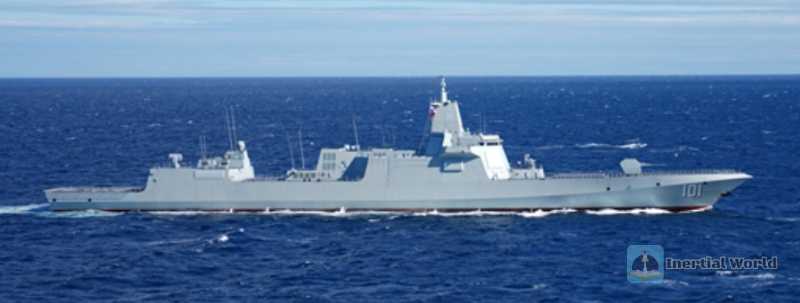
Destroyer
In terms of air defense, the "Nanchang" ship is in the aircraft carrier formation, and its ultra-low altitude defense can be solved by the carrier-based early warning aircraft. The early warning aircraft can overlook from an altitude of 10,000 meters, and its theoretical detection range limit for ultra-low altitude targets can reach 400 kilometers. Carrier-based fighters can be organized as the first line of defense to intercept multiple batches of ultra-low altitude targets. For ultra-low altitude targets that break through the carrier-based aircraft defense line, the early warning aircraft can also notify surface ships including the Nanchang ship in advance to organize ultra-low altitude defense. Of course, if the CEC problem is solved, the 055 missile destroyer will greatly improve the efficiency of air defense.
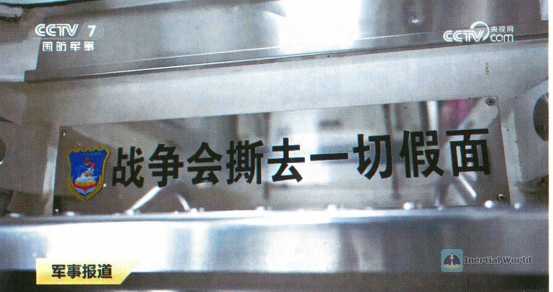
Therefore, the “Nanchang” ship is not suitable for a one-man show under wartime conditions, and it should use the collective strength to fight a group fight. In this case, the combat effectiveness of the Nanchang ship can be maximized.
On the other hand, as a new type of 10,000-ton destroyer developed completely independently by my country, the 055 missile destroyer has not only made breakthroughs in a series of key technologies such as the overall design, information integration, and assembly and construction of large ships, but also equipped with new air defense, anti-missile, anti-ship, and anti-submarine weapons, with strong information perception, air defense and anti-missile and sea strike capabilities. It is not only the most advanced missile destroyer currently equipped by the Chinese Navy, but also the most advanced missile destroyer in the world. Therefore, when the strength of my country’s existing aircraft carrier formation does not reach the world’s top level, it can not only bear Taking on regional air defense missions and sea-level strike missions is also an option. The specific mission to be performed depends on the tactical decision of the fleet command post, and whatever mission is beneficial will be performed. For example, when facing the US aircraft carrier strike group, our aircraft carrier formation will attack at whichever attack position is beneficial, and there is no fixed rule.
In addition, in this ocean operation, the "Nanchang" ship went forward 100 nautical miles to fight with the US aircraft carrier formation. Its significance is not only reflected in the tactics of the 055 destroyer, but more in a spirit, the spirit of the Chinese Navy daring to show its sword and dare to face strong enemies alone. As Li Yunlong said in the film and television drama "Bright Sword":
"When the ancient swordsmen met their opponents on a narrow road, no matter how powerful the opponent was, even if the opponent was the best swordsman in the world, they knew they could not defeat him, but they still had to show their swords. Drawing the sword shows one’s courage and bravery. Even if one falls under the opponent’s sword, one still has honor in defeat. This is the Chinese military spirit! In a word, when two sides meet on a narrow road, the brave one wins!"




